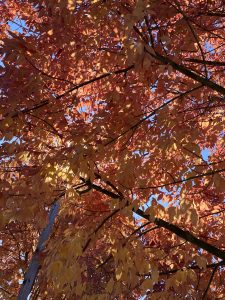
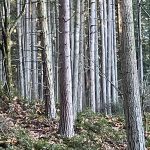
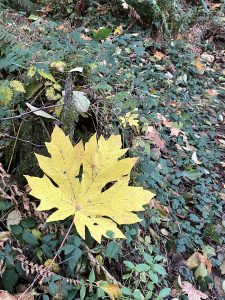
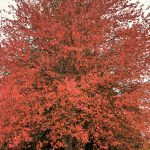
Another year gone, leaving everywhere
its rich spiced residues: vines, leaves,
from Fall Song by Mary Oliver
Writing Whidbey: thoughts on writing, kids' books, and life on an island.
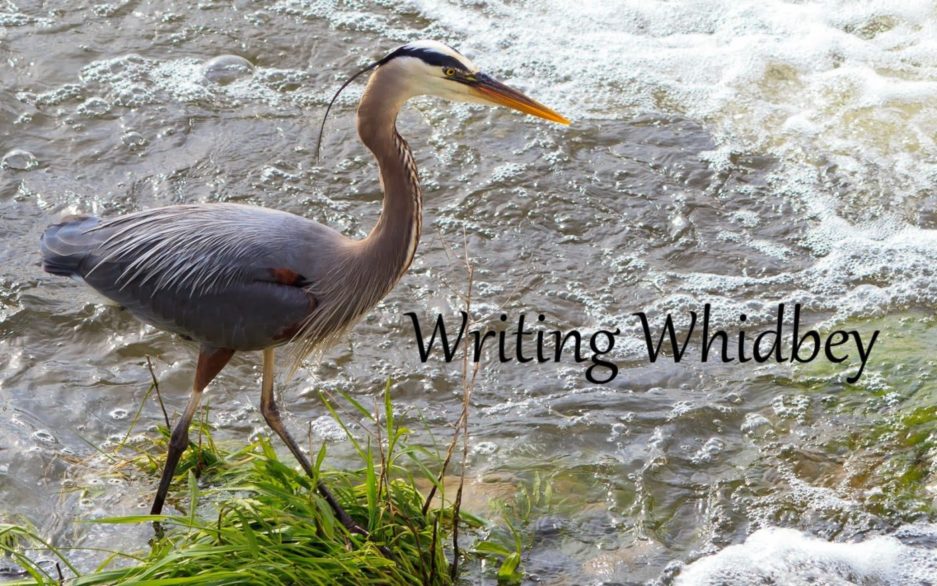




Another year gone, leaving everywhere
its rich spiced residues: vines, leaves,
from Fall Song by Mary Oliver
In the fall our local elk goes walkabout.
He gave up mountains and open plains for a simpler life on an island. Normally happy with a smaller grove of trees or a few acres of wild fields he goes exploring when summer shifts to cooler days. He’s an old loner, but memories of the fall rut and perhaps a remnant of his crazy youth send him on his way.
Shaggy and irritable he walks the roads, crosses back yards and tangles with clothes lines. He slides his hulk-sized antlers into the branches of our apple trees and turns his head. Once is enough. The apples fall willingly at his feet. Who needs apple pie when the crunch and zing of fresh fruit is available?
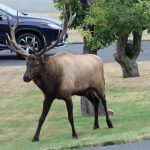
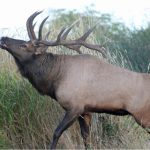
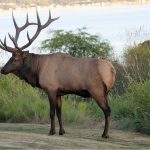
Bruiser stays awhile but the wild moves him along. When weather shifts to cold and rain, wind and frost, his renewing ramble over, home will call.
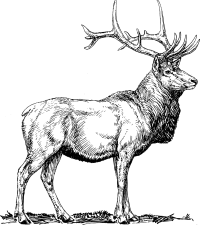 It would be highly unusual to run into an elk on one of the islands in the Salish Sea. Whale in the sea, yes. A farmer with an exotic zebra or even a giraffe, maybe. But an elk in the wild? Only on Whidbey. His name is Bruiser and he has even had an exclusive interview printed in the Sunday Seattle Times.
It would be highly unusual to run into an elk on one of the islands in the Salish Sea. Whale in the sea, yes. A farmer with an exotic zebra or even a giraffe, maybe. But an elk in the wild? Only on Whidbey. His name is Bruiser and he has even had an exclusive interview printed in the Sunday Seattle Times.
We thought Bruiser was as unusual as it got on the island until the recent Open Studio Tour, a look at artists and their work, sponsored by Whidbey Working Artists. Carefully, we looked through the guide of over 42 artists, read about their art, and mapped out a plan to see as much as we could in a day.
Our plan was undone at the very first stop.
We anticipated artists and their various passions. We wanted to see studios and the supplies and equipment used to create. But we didn’t expect…
![]()
We left Coupeville on a typical country road, following our map and enjoying the sun. A blue mailbox with a big black crow showed us where to turn. The road bumped, tall grasses swung gently as we drove by and there were crows. Calling. We parked on the edge of a small meadow and walked the remaining curves in the road.
A citrusy scent pulled us along until we saw a giant-sized garden. Eight-foot-tall climbing roses and sunflowers wove over and about the fence. Fruit trees wept with ripe pears and apples. Showy flowers competed to see which was the brightest and best. Chickens clucked in the background and for a moment, I thought I saw a girl bending to collect an egg. But no, only a pair of crows pecking at the ground. The ogress in the book I recently reviewed would have enjoyed them.
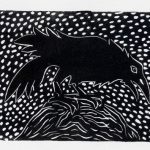
Standing to greet us was the artist, Diane Tompkinson. We met once before at the Penn Cove Gallery in Coupeville. She had been warm and effusive about her art. Known for her printmaking and painting we were thrilled to see her surrounded by proof of her colossal creativity.
We talked about prints, techniques, equipment, being creative, gardening, baking, teaching and more. It felt like I knew her, not only her art but also her story. Had I read about her?
This woman is impressive. Tall, strong shouldered and with expressive hands. She smiled, beamed actually, the entire time we were with her. Listening with as much interest to our prattle as we did to her, she made us feel welcome. We heard tales of art school, living in a variety of locales, teaching, learning to carve, finding a piece of earth to call home and well, nesting. Her art reveals her love of birds, particularly raptors, and their enemies, the crow family. It also shows her fascination with the sea, the forest, the islands, and their inhabitants. She sells cards, prints, and paintings. And gives away joy for free.
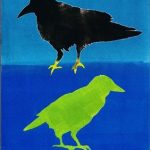 I grinned at Diane, enchanted. As she showed us her press and talked about working with paper and ink, I knew who she was. Or who she was related to. In The Ogress and the Orphans by Kate Barnhill (see MG Books on the menu above) there is a female ogress. She is not a people eater; she is a caring people lover.
I grinned at Diane, enchanted. As she showed us her press and talked about working with paper and ink, I knew who she was. Or who she was related to. In The Ogress and the Orphans by Kate Barnhill (see MG Books on the menu above) there is a female ogress. She is not a people eater; she is a caring people lover.
Both are gregarious, welcoming others with open arms. Both are skilled at gardening, home building, and baking. They are endlessly creative, embracing multiple art forms and mastering them all. They are happy, kind, full of life and respectful of life. Crows are their friends.
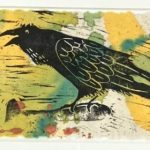 Visit Diane Tompkinson at Crow Valley Arts, and discover her art. Read The Ogress and the Orphans and learn about being a good neighbor.
Visit Diane Tompkinson at Crow Valley Arts, and discover her art. Read The Ogress and the Orphans and learn about being a good neighbor.
Keep your eyes open, where there is art and magic, there might be an ogress!
Ina Orme
PS Crow prints by Diane Tompkinson.
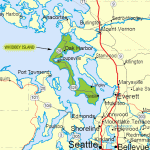 Whidbey is a long zig zag of an island in Washington State. From end to end it’s about 55 miles in length and narrow. Rooted in the Salish Sea, it sprawls between Seattle and Canada.
Whidbey is a long zig zag of an island in Washington State. From end to end it’s about 55 miles in length and narrow. Rooted in the Salish Sea, it sprawls between Seattle and Canada.
Some 80,000 people live here. Deeply rooted residents and newcomers alike are thankful for their island lives. What seems like simple country living, a collection of small communities, beaches, bluffs, forests, and fields is much more. Residents come here from all over the world. We bring skills, and abilities and dreams. That means groups sprout up everywhere like mushrooms. Artists, academics, athletes, writers, readers, teachers, students, cooks, bakers, builders. The island is bee-hive busy, diverse, satisfying, and unhurried.
It’s natural settings, sea air and country roads slow those who live here. Limited access to the mainland, connecting by ferry and bridge to nearby urban centers, makes locals less reliant on urban resources and more involved with each other.
This is an island of stories. Historic tales of ice ages and mammoths, tribal settlements and foreign exploration, farming and industry, protective forts and navy bases describe the past. New stories of migration, relationships, exploration, and modern society roll in with the tides.
Whidbey is the kind of place where the wind talks, artists gather, families grow, and everyone is enriched by community. (Even the introspective who are allowed the space they require.)
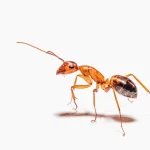
Writing is a continuous process. Even when I’m not writing, I’m writing.
Walking on the prairie I see an ant hill. A huge ant hill. Thousands, if not a half-million ants are scrambling up and down the tall cone of dirt. They’re like high-season travelers rushing to get to the front of the line. Or a bumper car race with plenty of hits and misses, turns and stops, pushing and shoving, and speeding.
“What a great place to hide a treasure,” I think.
As I continue along the trail, the tall cedars, open fields and wildflowers disappear. The here and now are replaced by the virtual reality playing in my mind. A crew-cut kid using a long curve of bark is digging into the far side of the living landmark. As he tunnels into the bottom of the ant hill, they erupt from the cone and rush recklessly away. Looking up and around he waits. All-clear. Then he rubs a hand across his bristly hair, pulls a small flat tackle box out of a green backpack and shoves it into his hole. He sweeps his arm across the pile of loose dirt and covers the hole. Carefully dropping bits of debris from the forest floor across it all, he disguises his work. Standing, he wipes his hands on his jeans and whistles softly away.
Everything has a story. Even an anthill.
It’s been a while since I posted any of those stories, but it’s time to start again. Island stories, kids’ tales, guest writers’ thoughts. Let’s see where it leads us.